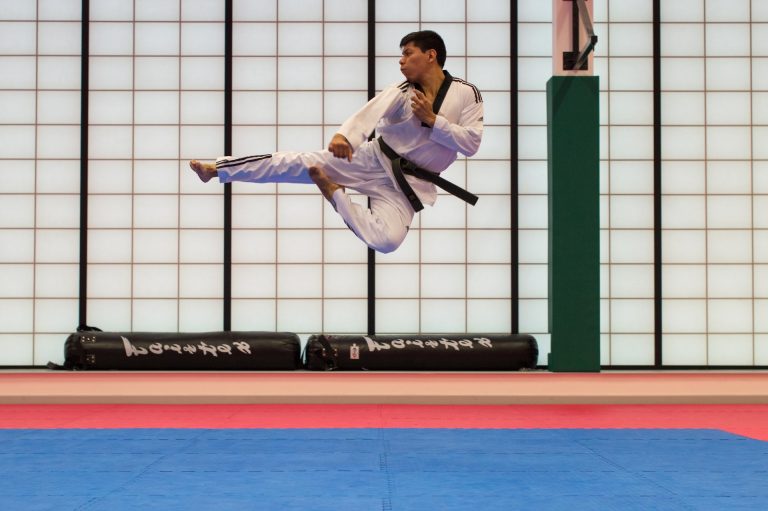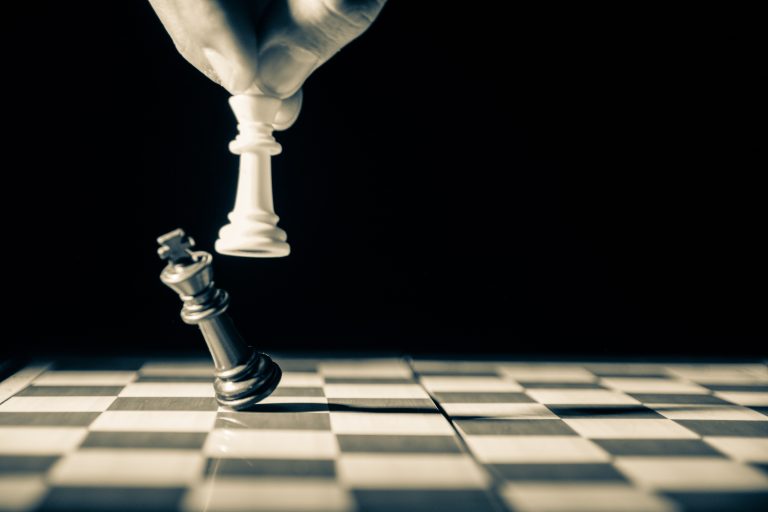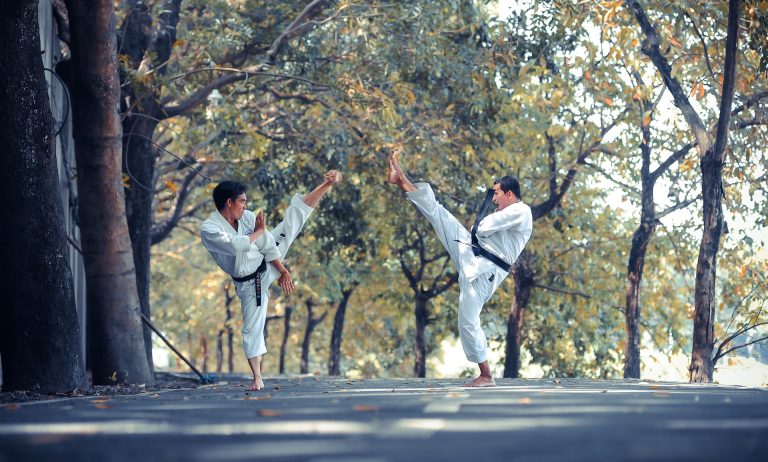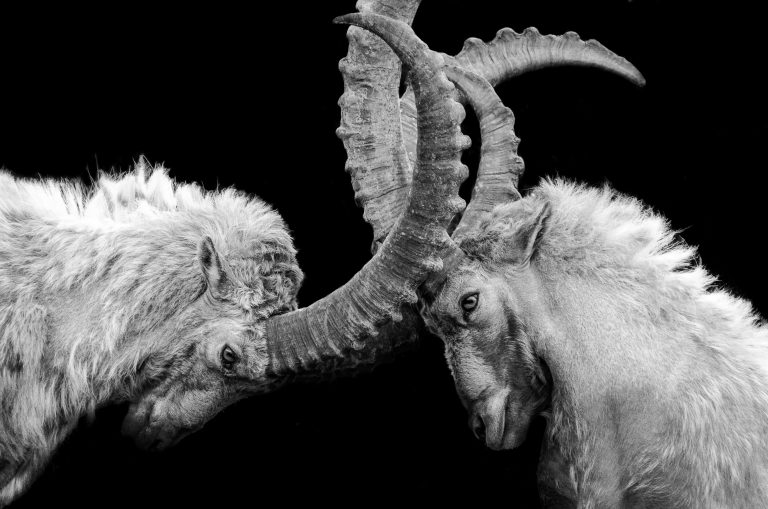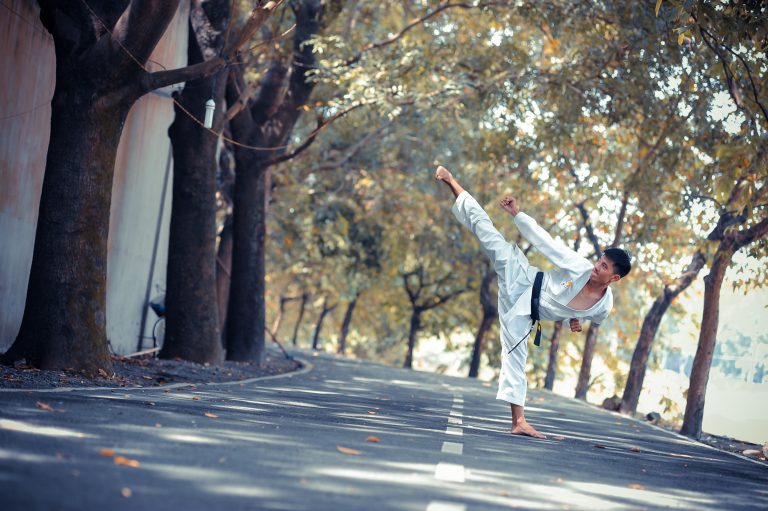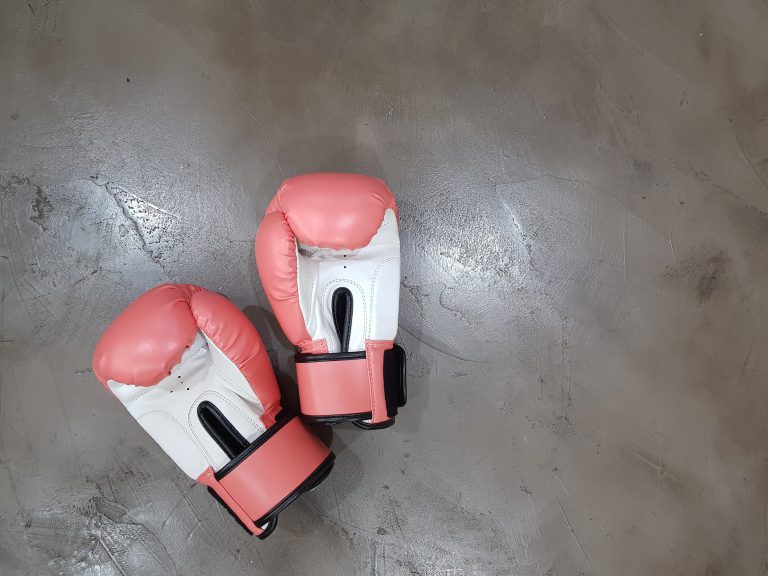How Was Karate Created?
Karate is a martial art that originated in Okinawa, Japan. It is known for its graceful movements, powerful kicks and punches, and its emphasis on discipline and focus. But how did this art form come into existence? In this article, we’ll take a look at the history behind karate and how it evolved into the form we know today.
The Origins of Karate
The origins of karate can be traced back to the island of Okinawa in Japan, which was once an independent kingdom. At the time, Okinawa was a hub for trade between China, Japan, and other Southeast Asian countries. As a result, it had a diverse mix of cultures, including a variety of martial arts.
One of the main influences on karate was a Chinese martial art called Kung Fu. It was brought to Okinawa by Chinese traders and members of the Chinese military who were stationed there. Okinawans were fascinated by the martial art and began to incorporate it into their own fighting styles.
Over time, the Okinawan style of martial arts came to be known as „te,“ which means „hand“ in the local language. This was because the techniques relied mainly on using punches, kicks, and strikes with the hands and feet.
The Evolution of Karate
As the popularity of te grew, it began to attract the attention of mainland Japan. Many Okinawans traveled to Japan to showcase their skills, which led to the development of new styles of martial arts.
Some of the most influential Okinawan masters include Chojun Miyagi, who created the Goju-ryu style, Gichin Funakoshi, who founded the Shotokan style, and Kenwa Mabuni, who developed the Shito-ryu style. These styles each have their own unique techniques and training methods.
In the 1920s, karate began to gain acceptance in Japan as a legitimate martial art. It was recognized by the Japanese government and was added to the school curriculum as a physical education subject.
The Philosophy of Karate
Karate is not just a physical activity, but also a way of life. It emphasizes discipline, self-control, and respect for others. Many karate schools teach students not only how to fight, but also how to live a balanced and harmonious life.
One of the core philosophies of karate is the concept of „karate-do,“ which means „the way of karate.“ This philosophy emphasizes the importance of self-improvement, both on and off the training mat.
In addition to the physical training, karate also includes mental training, such as meditation and visualization techniques. These techniques help students to focus their minds and stay calm under pressure.
The Future of Karate
Today, karate is practiced in countries all over the world. It has become a popular form of self-defense and a competitive sport. In fact, karate was added to the Olympics in 2021 and will be featured as a medal sport.
Despite its popularity, karate remains true to its roots. It is still a way of life that emphasizes discipline, respect, and self-improvement. Whether you are a student of karate or just a fan of martial arts, there is always something new to learn and discover about this ancient and fascinating art form.
The Origins of Karate
Karate is a martial art that originated in the Ryukyu Islands of Japan, which are now part of Okinawa. It is believed to have been developed from earlier forms of martial arts that were practiced in the region.
There are many theories about the origins of karate, but the most widely accepted one is that it was developed through the influence of Chinese martial arts, particularly Kung Fu. The Ryukyu Kingdom, which ruled the islands for centuries, had strong trade relations with China and other neighboring countries, and it is thought that Chinese martial artists may have introduced their fighting techniques to the people of Okinawa.
What Does „Karate“ Mean?
The word „karate“ is derived from two Japanese characters: „kara“ (empty) and „te“ (hand). Therefore, karate can be translated as „empty hand.“ This refers to the fact that karate techniques rely solely on the use of the hands, feet, elbows, and knees, rather than weapons.
Who Created Karate?
Karate was not created by a single person, but rather it evolved over many years through the influence of various martial artists. However, there are a few key figures who are credited with developing and promoting modern karate.
One of these figures was Gichin Funakoshi, who is considered to be the founder of Shotokan karate. Funakoshi was born in Okinawa in 1868 and studied traditional Okinawan martial arts from a young age. In the early 1900s, he introduced karate to mainland Japan and helped to establish it as a popular martial art.
Another influential figure was Kenwa Mabuni, who founded Shito-Ryu karate. Mabuni was also born in Okinawa and trained in various martial arts including Shuri-te, Naha-te, and Tomari-te. He combined these various styles into a single system of karate and introduced it to mainland Japan in the 1920s.
What Are the Different Styles of Karate?
There are many different styles of karate, each with its own unique techniques, training methods, and philosophies. Some of the most popular styles include:
– Shotokan: This is one of the oldest and most widely practiced styles of karate. It emphasizes powerful strikes and strong stances.
– Goju-Ryu: This style focuses on circular movements and emphasizing both hard and soft techniques.
– Shito-Ryu: Developed by Kenwa Mabuni, this style incorporates techniques from various Okinawan martial arts.
– Wado-Ryu: This style combines karate techniques with principles of Japanese jujitsu.
– Kyokushin: This style is known for its emphasis on full-contact sparring and physical conditioning.
What Is the Philosophy of Karate?
Karate is not just a physical practice, but a way of life. It is often said that the ultimate goal of karate is not to defeat an opponent, but to improve oneself. The philosophy of karate emphasizes respect, discipline, and self-control.
One of the key principles of karate is the concept of „kata,“ which are choreographed movements that simulate a fight against imaginary opponents. Through the practice of kata, students learn to focus their minds and bodies, develop muscle memory, and improve their technique.
Another important aspect of karate philosophy is the use of belts to indicate a student’s rank and progress. In most karate styles, students begin as white belts and progress through various colored belts before eventually earning a black belt.
How to Understand the Creation of Karate
Are you interested in learning more about the history of karate? Look no further! In this article, we will provide you with a detailed guide on the creation and evolution of karate.
Step 1: Understanding the Origins
Karate was created in Okinawa, Japan, during the 17th century. During this time, Okinawa was a small island kingdom that was frequently invaded by Japan, China, and other neighboring countries. As a result, the people of Okinawa began developing unique self-defense techniques to protect themselves.
These self-defense techniques eventually evolved into karate. It is believed that the word „karate“ means „empty hand“ in Okinawan, which refers to the unarmed nature of the martial art.
Step 2: Learning About the Evolution of Karate
Over time, karate spread from Okinawa to Japan and eventually to other parts of the world. As it traveled, it underwent various changes and adaptations.
One of the most significant changes occurred in the 1920s when karate was introduced to Japan. At this point, many Japanese martial artists began incorporating their own techniques and philosophies into the practice.
This led to the creation of different styles of karate, such as Shotokan, Goju-Ryu, and Shito-Ryu. Each style had its own unique techniques, training methods, and philosophies.
Step 3: Understanding the Philosophy of Karate
In addition to its physical techniques, karate is also deeply rooted in philosophy. One of the most important concepts in karate is the idea of „do,“ which means „the way“ or „the path.“
Karate practitioners strive to follow the „do“ by improving themselves both physically and mentally. They seek to develop discipline, respect, and humility, and to use their martial art skills only for self-defense and never for aggression.
Step 4: Exploring the Modern Karate World
Today, karate is practiced all over the world, with millions of practitioners of all ages and skill levels. It is also an Olympic sport, with both kata (a series of prearranged movements) and kumite (sparring) competitions.
Many karate styles continue to evolve and adapt to modern times. For example, some practitioners are incorporating more ground fighting techniques, while others are focusing on the art’s traditional roots.
Conclusion
Karate has a rich history and continues to be a popular martial art around the world. By following these steps, you can gain a deeper understanding of its creation and evolution. Remember, karate is not just about physical techniques, but also about developing discipline and respect.
Inhaltsverzeichnis

